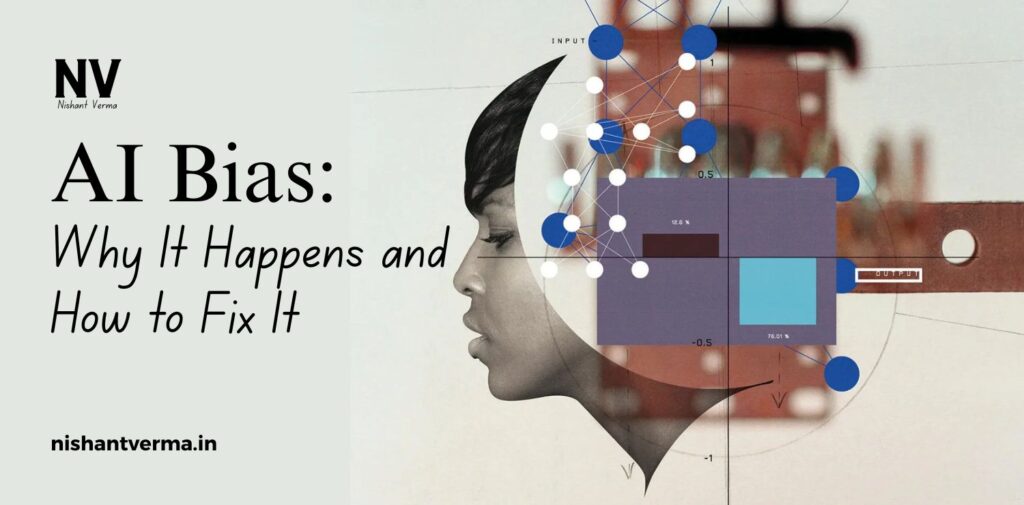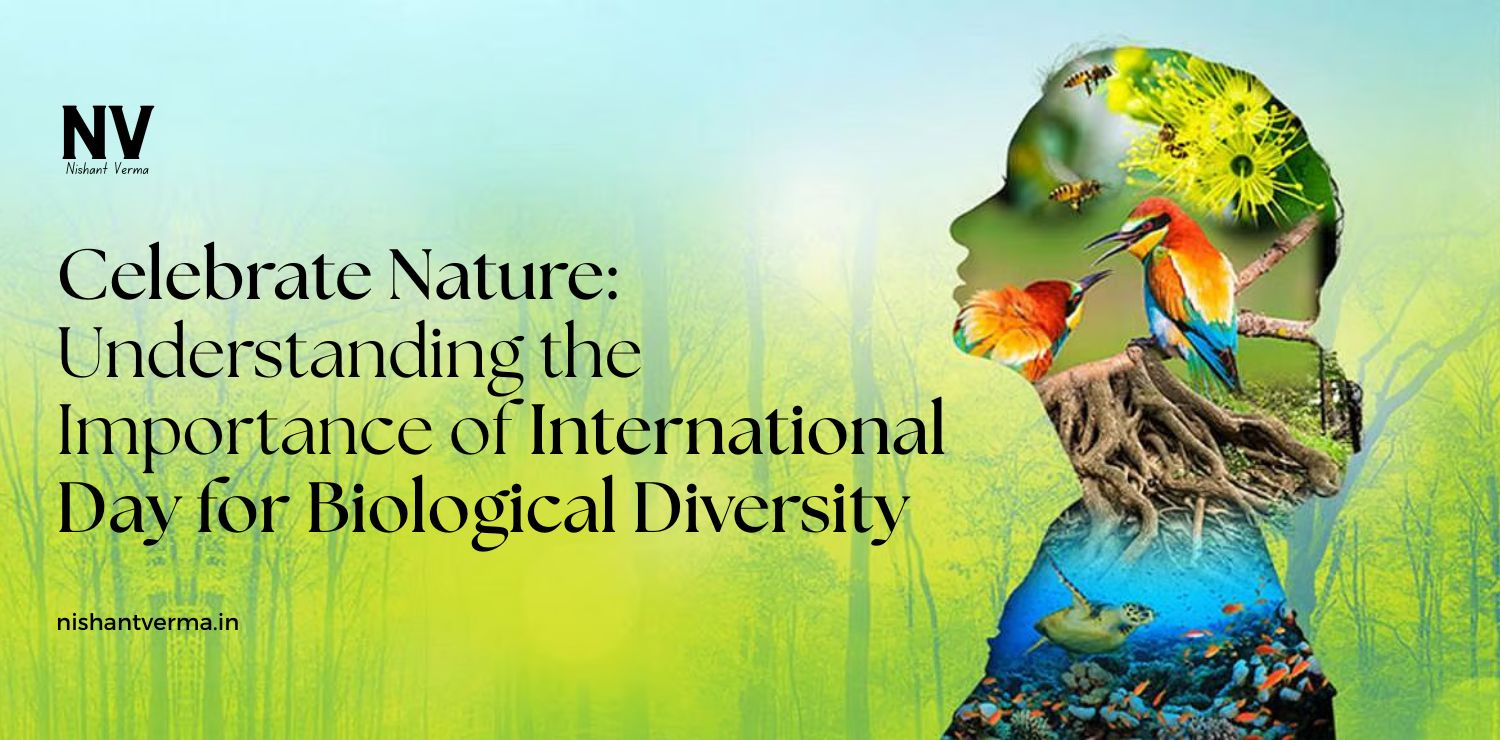Artificial Intelligence (AI) is now becoming a part of our daily lives. From mobile apps suggesting what to watch, to banks checking if we are eligible for loans, AI is everywhere. But have you ever wondered if AI can make mistakes? Or worse, can it be unfair? This is where the issue of AI bias comes in. In this article, we’ll explain what AI bias means, why it happens, and how we can reduce or fix it. The language is simple, examples are relatable, and the focus is especially on the Indian context.
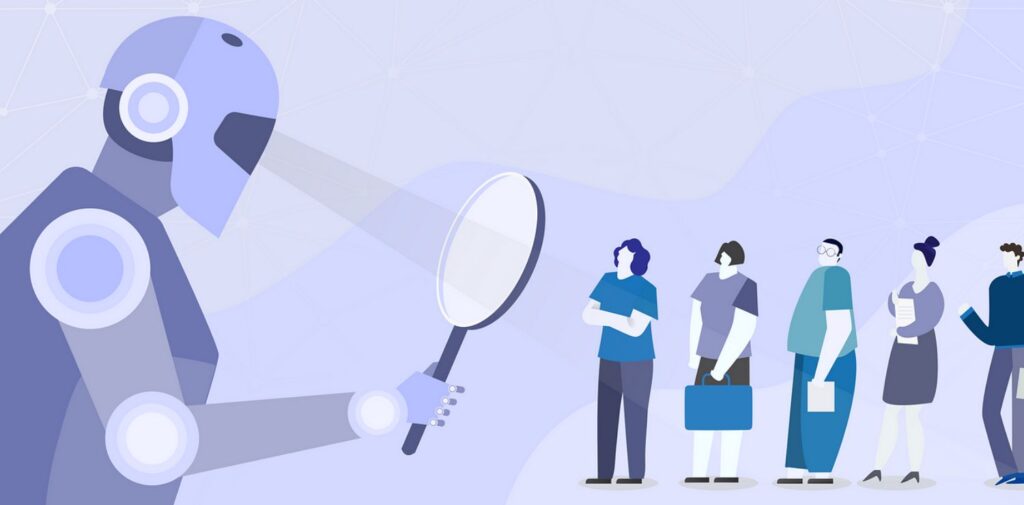
What is AI Bias?
AI bias means when artificial intelligence systems show unfair behavior or make wrong decisions that favor one group over another. For example, if a job application screening system gives preference to male candidates over female ones, even when both are equally qualified, that’s AI bias. Or if a facial recognition app works better on fair-skinned people and performs poorly on dark-skinned individuals, that’s also bias.
AI does not have feelings or intentions. But it learns from data, and if the data has bias, the AI also becomes biased. Just like a student who learns from a biased teacher, an AI learns from the data it is trained on.
Why Does AI Bias Happen?
There are several reasons why AI bias occurs. Some of the most common ones are:
- Biased Data: If the data used to train the AI is not balanced, the AI will pick up those same patterns. For example, if a bank’s past loan approvals mostly went to urban people, then the AI may start rejecting rural applicants, even if they are eligible.
- Lack of Diversity in Training Data: Suppose an AI facial recognition tool is trained mostly on photos of fair-skinned people. Then when it is used in India, it may fail to accurately identify darker-skinned individuals.
- Human Prejudice in Decision Making: If the people who create or train AI already have certain stereotypes or preferences, it may reflect in the AI too. For example, if resume shortlisting in the past favored candidates from certain colleges, the AI might start doing the same.
- Improper Algorithms: Sometimes, the way the AI is programmed can also lead to bias. If the algorithm favors speed over accuracy, or uses wrong assumptions, it may result in unfair outcomes.
Examples of AI Bias in India
AI is now being used in many fields in India like education, banking, recruitment, healthcare, and policing. Let’s look at a few examples where bias could become a serious issue:
- In recruitment apps used by companies, AI might give better scores to candidates from English-speaking backgrounds, ignoring talent from regional language backgrounds.
- In digital lending platforms, AI may reject people from Tier 2 and Tier 3 cities just because past data shows fewer loans from those areas, even if the new applicants are financially stable.
- In healthcare, if an AI system is trained using data mainly from western countries, it may not work correctly for Indian patients, because our diet, lifestyle, and genetics are different.
- In education, if AI-based learning platforms recommend study plans based only on urban students’ performance, rural students may be at a disadvantage.
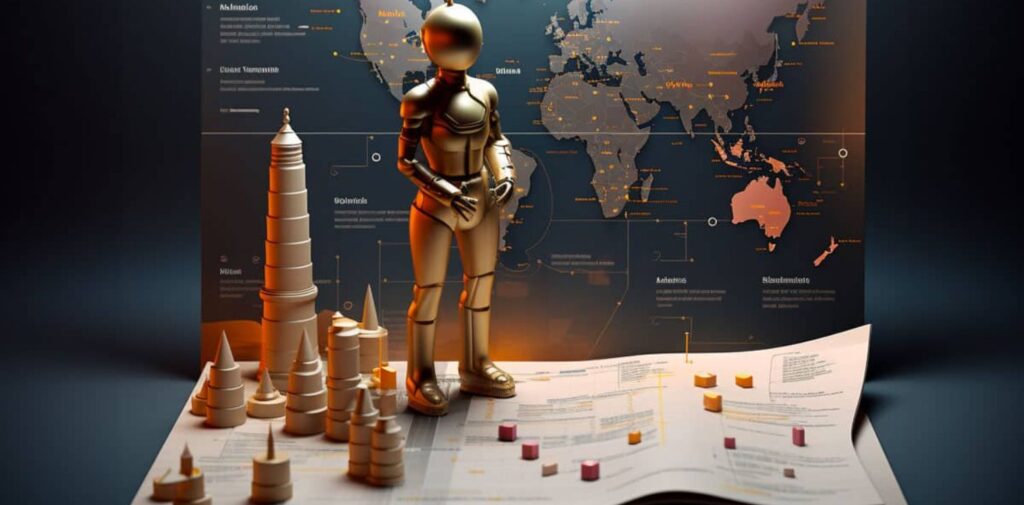
How Can We Fix AI Bias?
Now that we know why AI bias happens, the good news is that it can be reduced. It may not be possible to make AI 100% fair, but we can take several steps to make it more inclusive and balanced.
- Use More Representative Data: The first step is to train AI on data that includes all kinds of people – different genders, regions, languages, age groups, income levels, etc. For example, if we are making an AI tool for Indian farmers, we must use data from across all Indian states, not just one or two.
- Test AI with Real-World Indian Scenarios: AI tools must be tested not just in labs but also in real situations that reflect Indian diversity. This includes different states, languages, climates, internet speeds, and user behavior.
- Involve a Diverse Team: If the people building the AI come from different backgrounds – urban, rural, male, female, rich, poor – then the chances of bias can be reduced. In India, this means involving people from various states, castes, and income groups in technology development.
- Make AI Transparent: There should be ways to check how AI is making decisions. This is called making AI “explainable.” If someone is rejected for a job or loan, they should have the right to know why. This helps in catching unfair behavior early.
- Government Guidelines and Ethics: The Indian government and organizations like NITI Aayog are already working on ethical AI policies. Strong laws and rules can help companies stay fair. There must also be penalties if an AI system is found to be biased and causes harm.
- Continuous Monitoring and Feedback: AI is not a one-time thing. It needs to be regularly updated. We must keep checking if it’s working fairly, and collect feedback from users. If bias is found, the system should be corrected immediately.
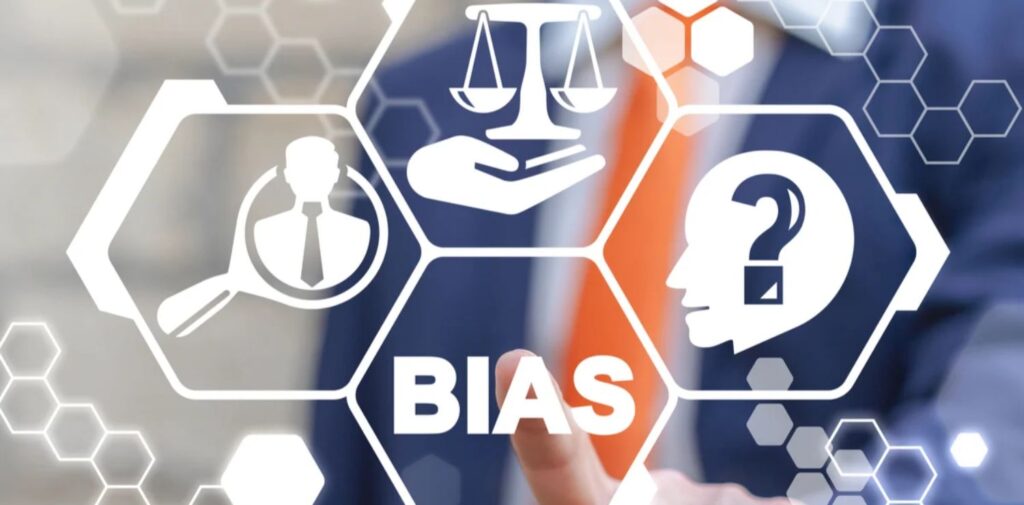
Why Should We Care About AI Bias?
AI is slowly becoming the backbone of many systems that affect our lives – jobs, money, health, education, even safety. If AI is biased, it will treat people unfairly without even realizing it. In a country like India, with so much diversity, this can lead to serious inequality. For example, if a government welfare scheme uses AI to identify beneficiaries, but the AI is biased, many deserving people might be left out.
Also, once people lose trust in AI, it becomes harder to use it in the future. That’s why fairness in AI is not just a technical issue – it is a social and moral responsibility.
Conclusion: Making AI Better for India
AI is a powerful tool, but like any tool, it depends on how we use it. In India, where we have people from different cultures, languages, and economic backgrounds, it is very important to make sure that AI is fair and inclusive.
We need more awareness among developers, more support from the government, and more demand from the public for fairness in AI. Only then can we ensure that AI helps everyone equally, and doesn’t create a new kind of digital discrimination.
Understanding and fixing AI bias is not just for tech experts – it is something every citizen, policymaker, and student should know about. Because in the end, AI will be a part of all our lives, and it should work for all of us – not just a few.

